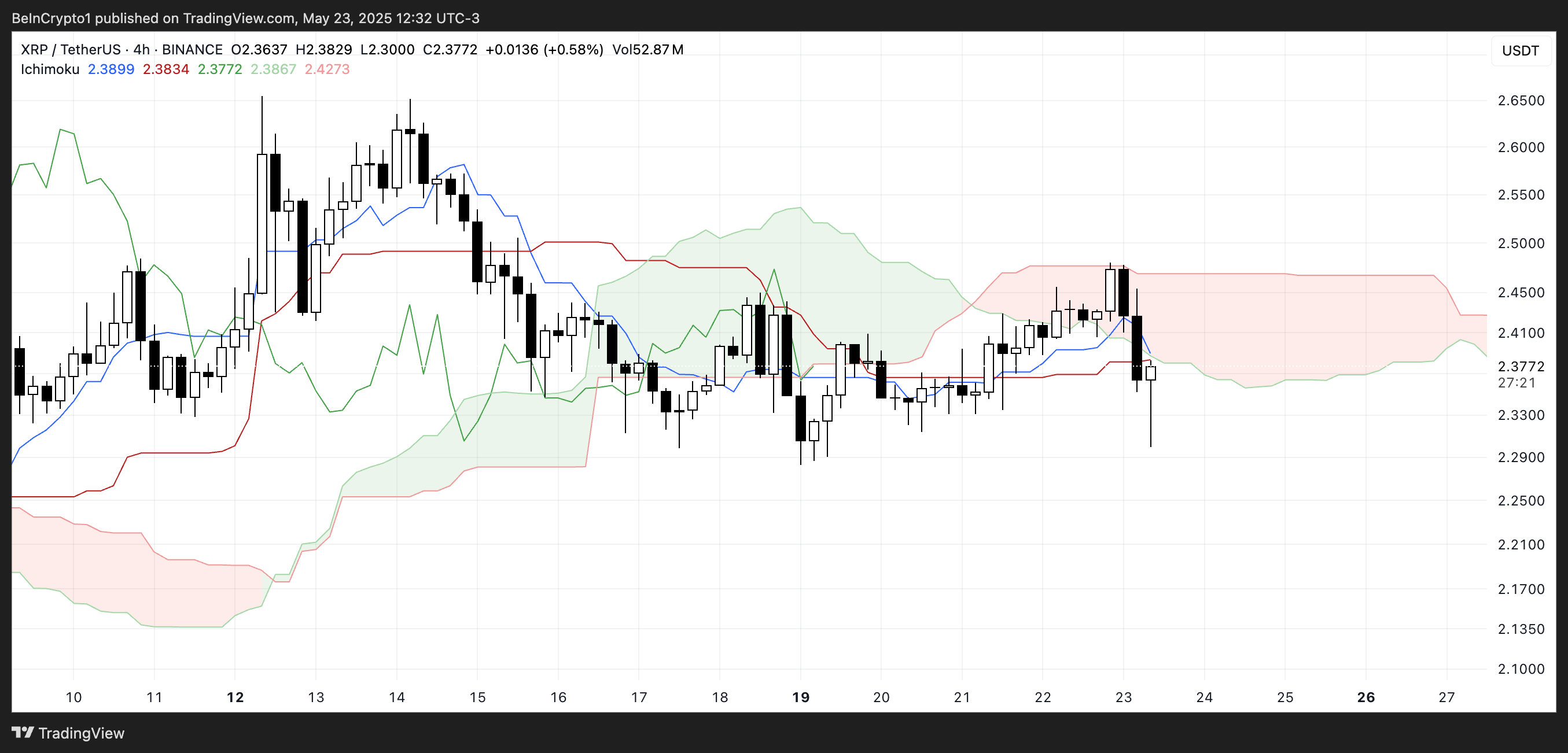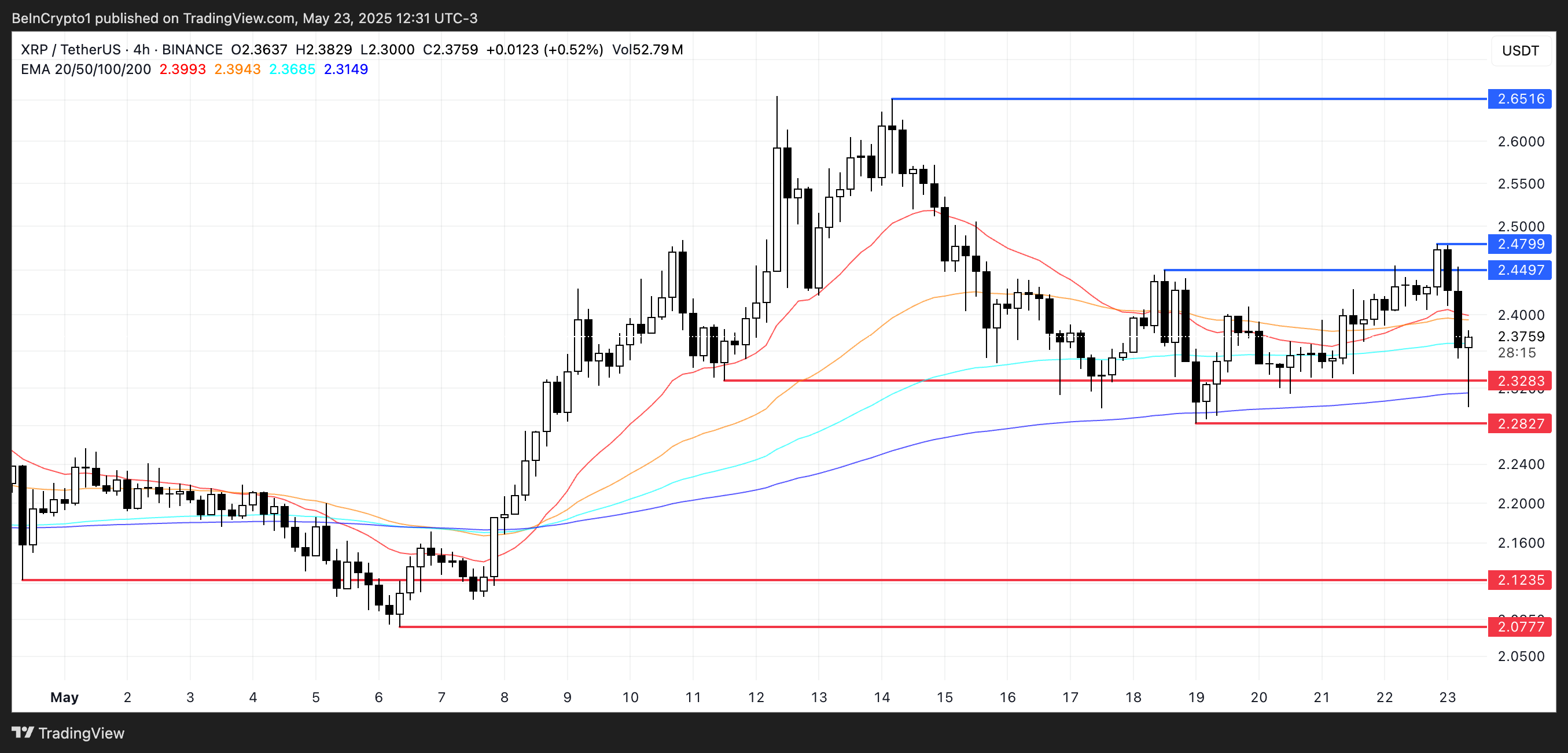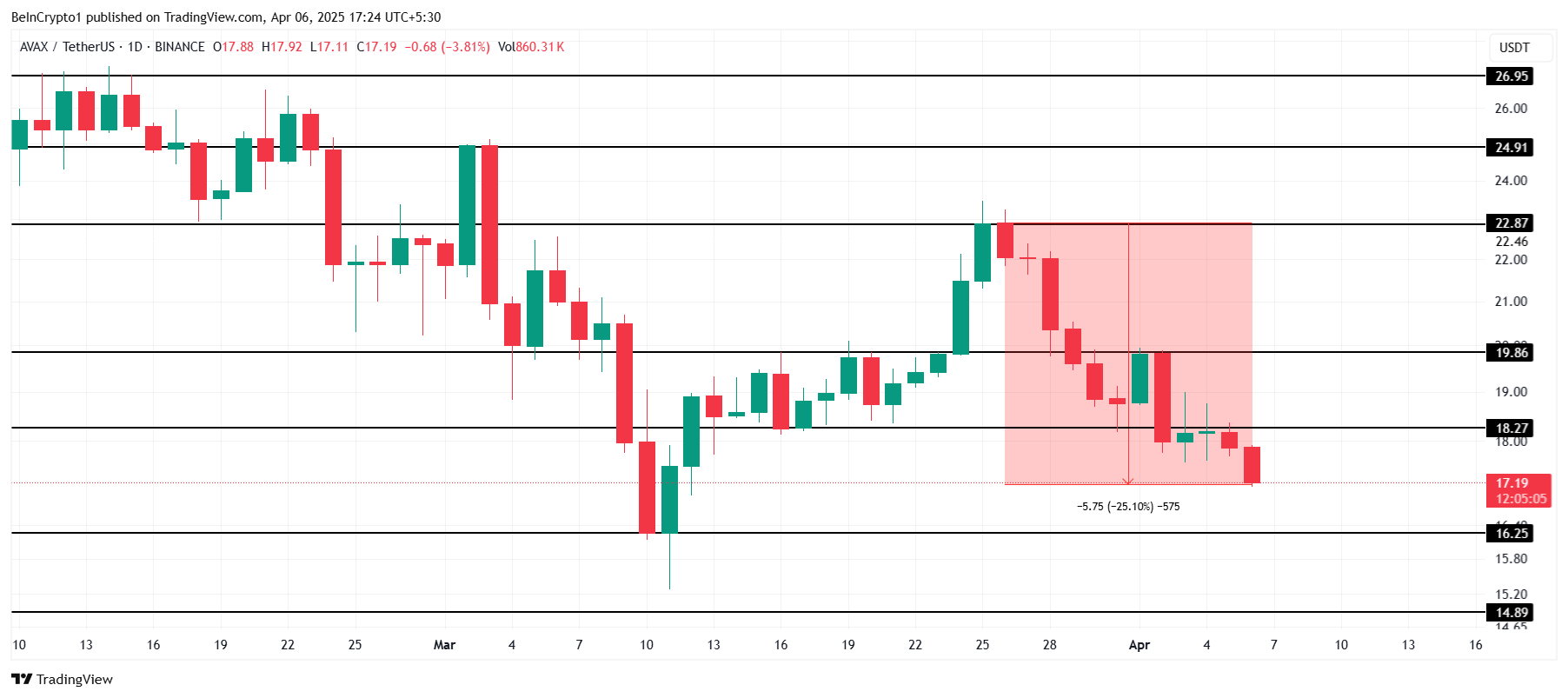Around 33,000 Boeing union members launched a strike on Friday, marking the first walkout in 16 years. The move comes after an overwhelming rejection of Boeing’s proposed four-year contract, which aimed to offer union workers a 25% pay increase. The strike is expected to halt commercial aircraft production, further complicating Boeing’s already precarious position in the global manufacturing sector.
A 25% Pay Hike – Not Enough for Boeing Workers
The workers participating in the strike are members of the International Association of Machinists and Aerospace Workers (IAM), a key labor union representing many of Boeing’s 150,000 U.S.-based employees. After weeks of negotiations, Boeing presented a contract offering a 25% pay raise, alongside promises of improved job security. Yet, despite these concessions, 94.6% of union members voted against the deal.
The rejection signals deep dissatisfaction within Boeing’s workforce, as many workers feel the offer fails to address their broader concerns. Union leaders had initially demanded a 40% wage increase, reflecting inflation concerns and the need for more competitive compensation in a tightening labor market. However, Boeing’s offer fell short of these expectations, triggering a near-unanimous decision to strike.
The Largest Strike in 16 Years
With 96% of the union’s workforce actively participating in the strike, the scale of the protest is unprecedented. The work stoppage is expected to cause significant production delays, affecting Boeing’s ability to meet delivery deadlines for its commercial aircraft. This comes at a time when the aerospace giant is grappling with a series of challenges, including technological setbacks, safety concerns, and recovering from the fallout of high-profile plane crashes in recent years.
Jon Holden, the president of IAM District 751, emphasized the critical nature of the strike, stating, “This is about fighting for our future. We strike at midnight.” He vowed to continue negotiations to push for the pay raises and job security improvements the workers have been demanding. “We will be back at the table whenever we can get there to drive forward on the issues our members say are important,” Holden told The Seattle Times.
Boeing’s New CEO Faces a Crisis
The strike poses a significant challenge for Boeing’s newly appointed CEO, Kelly Ortberg. Tasked with steering the company through turbulent times, Ortberg finds himself at the helm during a critical juncture. Plagued by technical difficulties and a tarnished safety record, Boeing is already facing uphill battles to restore its reputation and regain market trust.
Ortberg had urged union members to vote in favor of the proposed contract, expressing confidence that the 25% pay hike would satisfy worker demands. However, the overwhelming rejection of the deal highlights a broader disconnect between Boeing’s management and its workforce. Now, Ortberg must navigate the tense negotiations that lie ahead as the strike continues to disrupt production.
With no immediate resolution in sight, Boeing faces significant financial and operational disruptions. The company must now weigh its options—either concede to the union’s demands for a 40% pay increase or risk further production delays and a deteriorating relationship with its workers.
Also Read: WTI Crude Oil Dips Below $70 – Prices Fall 8% This Month, Near 52-Week Low
As the strike drags on, Boeing’s ability to recover from its recent troubles hangs in the balance. The company’s future, as well as its position in the competitive aerospace industry, could be determined by how it handles this escalating labor dispute.











